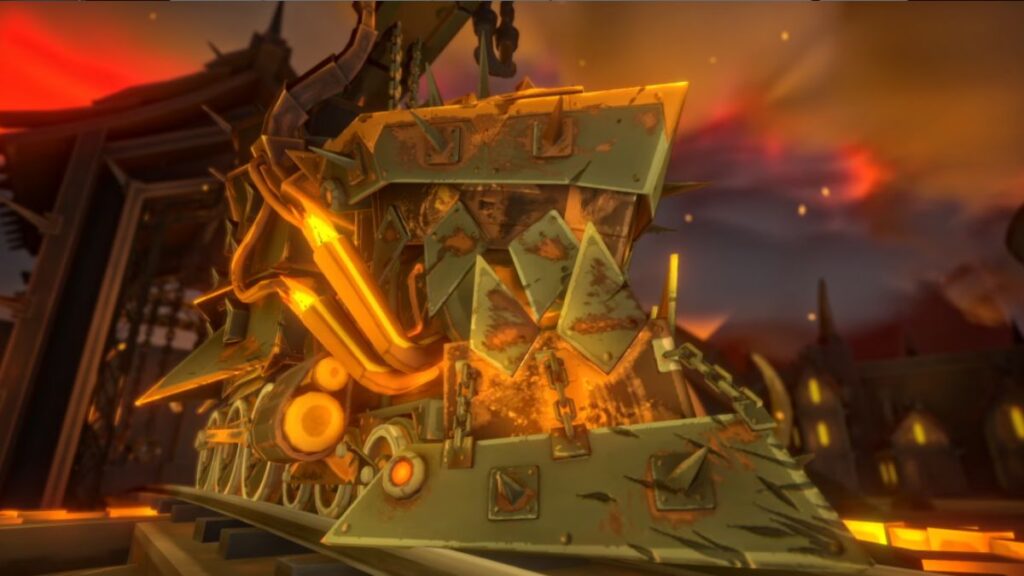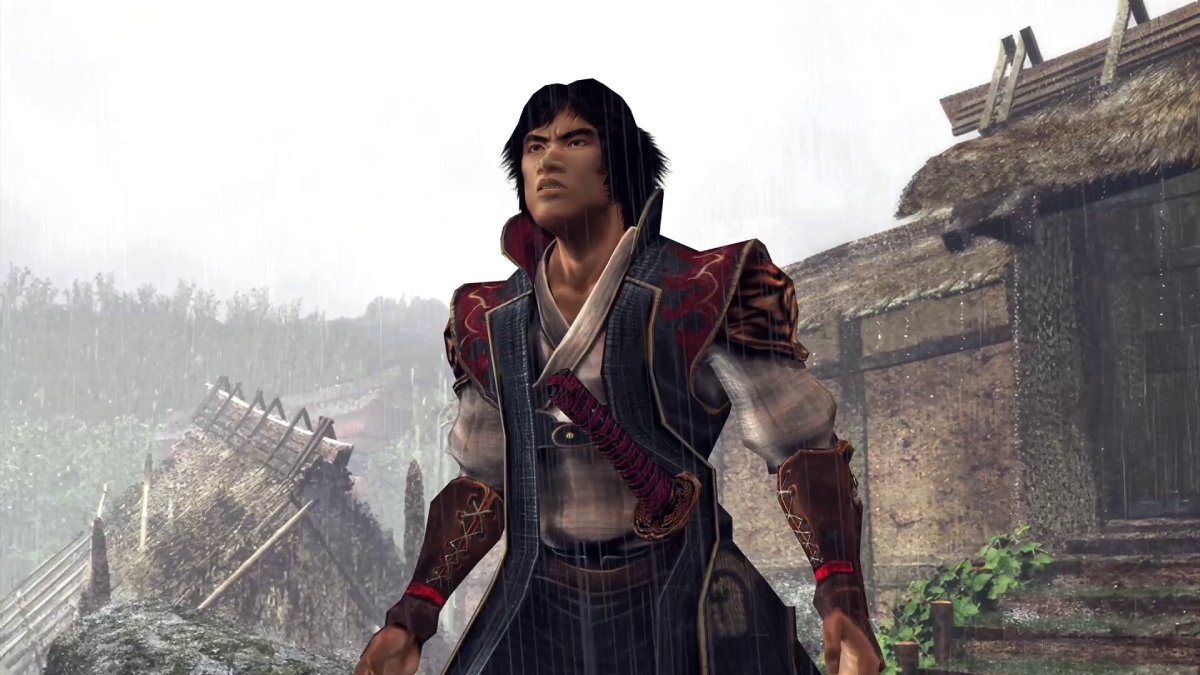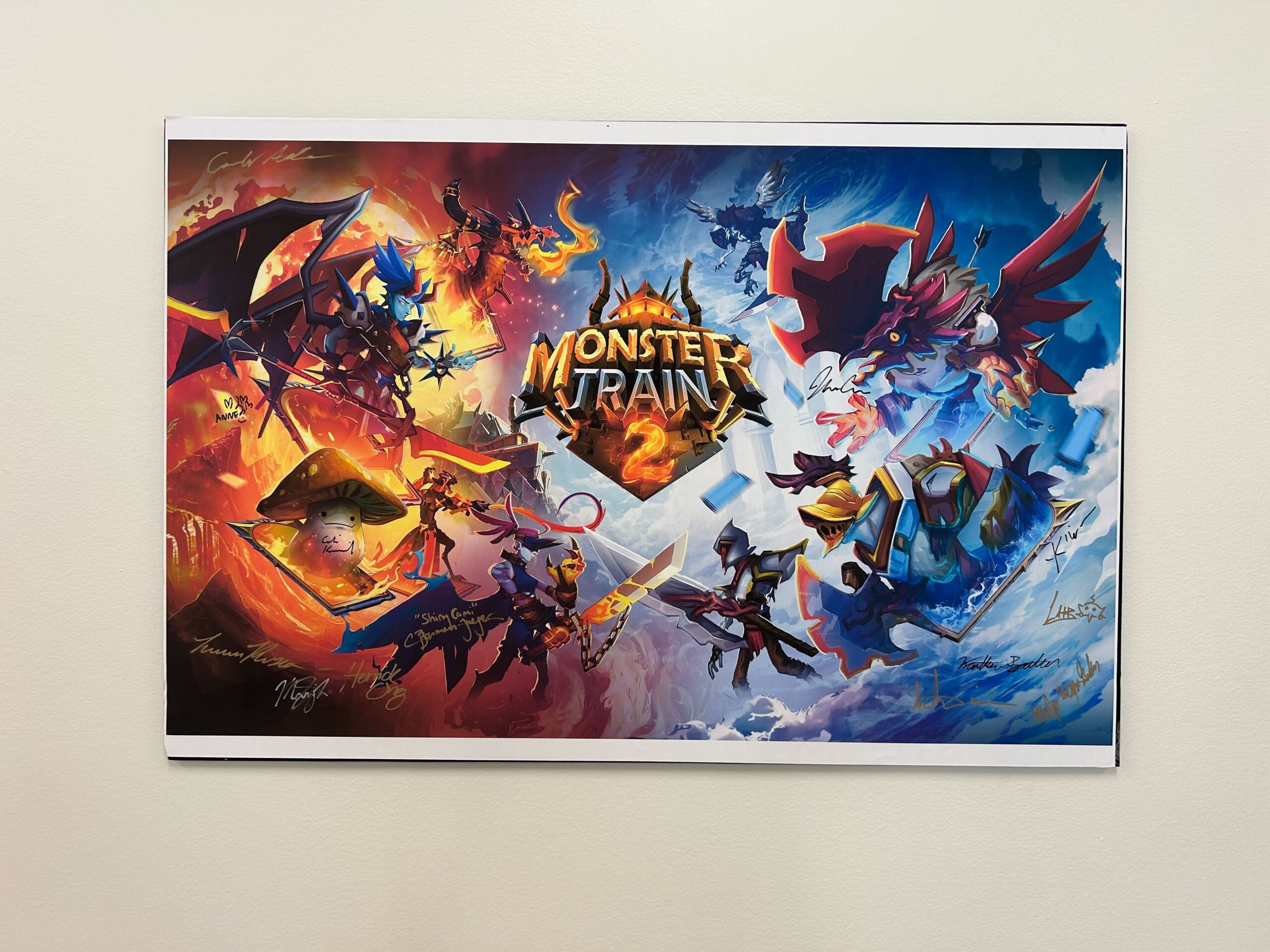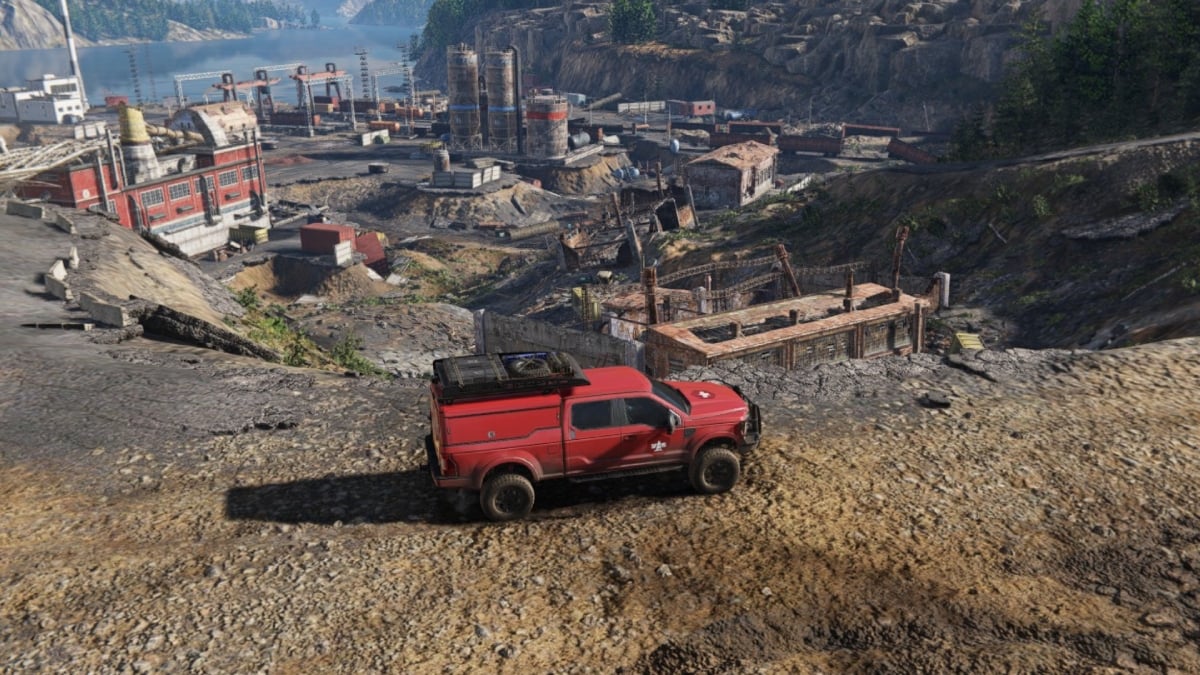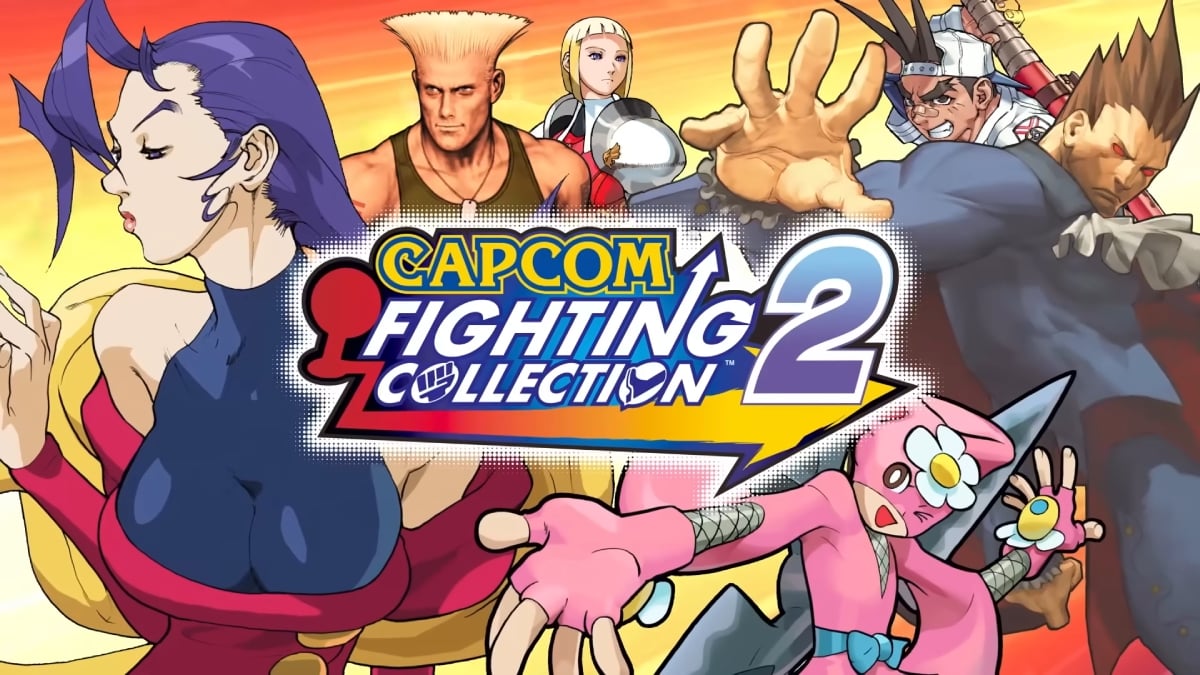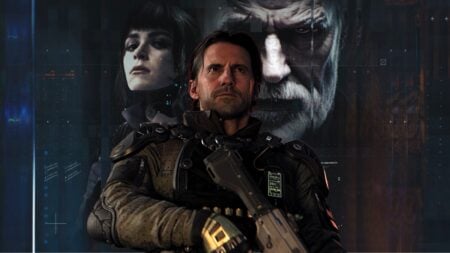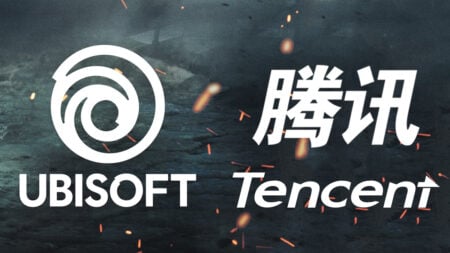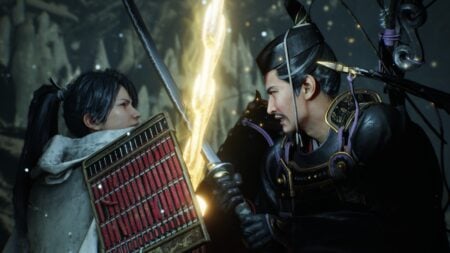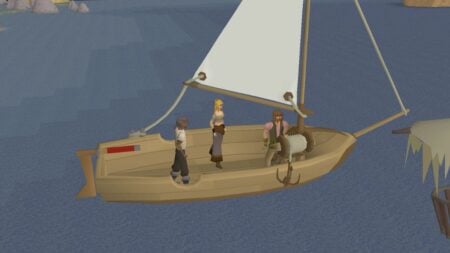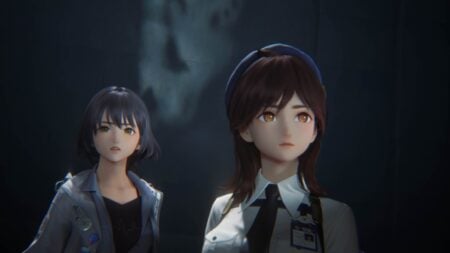Skip To...
If you’ve followed my coverage of deck-building games and roguelikes, you know I have a strong appreciation for them. There’s something special about navigating familiar levels and landscapes while also incorporating the randomness of the cards in your hand and those you draw. Developer Shiny Shoe has taken this concept to the next level with the sequel to their exceptional deck-builder, Monster Train. Monster Train 2 enhances various features that made the original exciting and unique, infusing them with even more life, color, and accessibility than I ever expected.
Three Floors + One Pyre = Mayhem on Rails
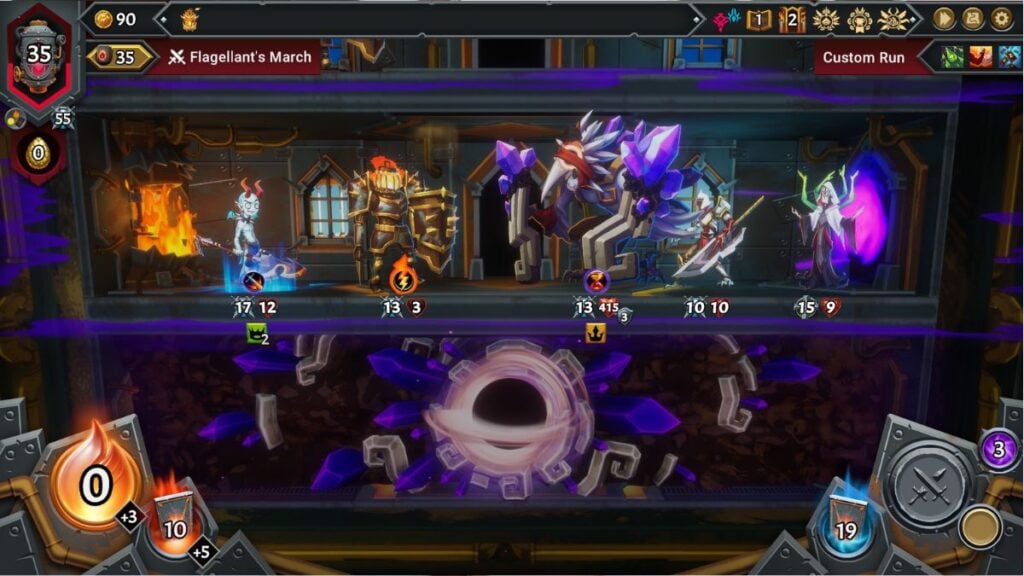
Monster Train 2‘s gameplay centers around a chosen clan that travels through the overworld on a three-tiered train, battling enemy factions along the way. In most deck-building games, players use cards to cast spells or summon creatures. While this is similar in Monster Train 2, the unique twist is that players can place selected creatures and units on one of the three platforms of the train. Other cards in your deck can then be used to buff your units, nerf your enemies, and everything in between. These units will gradually attack enemies that are climbing upward to reach your clan’s Pyre Heart, which is located at the top of the train. Once your Pyre Heart runs out of health, you lose the run.
This gameplay is similar, if not the same, to its prequel, though I will admit that it’s incredibly unique to the various other games in this genre. Yes, the enemies, cards earned, encounters seen, and locations visited are randomized by run, but there are also small features like being able to redo your most recent move or even be notified of any unused buffs before ending your turn that make it far more interesting to me. Personally, I loved being able to play on a sort of ‘cozy mode’ that allowed me to customize runs with modifiers while also watching how moves played out to see if that’s how I wanted things to turn out.
I was also really impressed by how quick and smooth the gameplay was. I know I’m not the best gamer out there and I often get a bit too aggressive with my moves, but the speed of the turns and the swiftness of the unit movements truly captivated me.
Art That Feels Alive
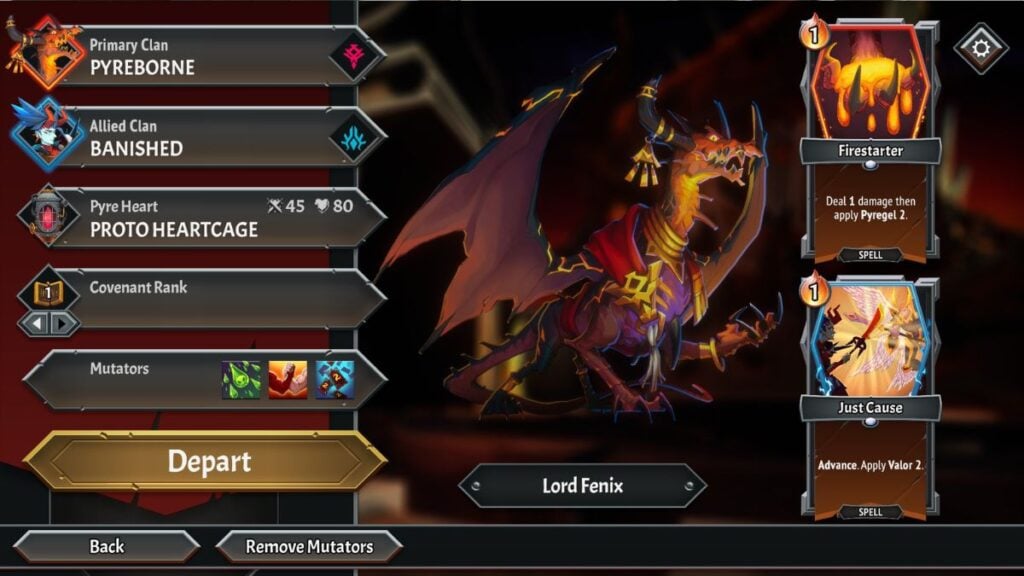
I can’t get enough of the graphics and user interface of Monster Train 2. Every detail from the artistic direction, character art, and overworld vibe are incredible and very much feel as though real, human artists were in charge. In an era where artificial intelligence is more prevalent in games than ever, it’s absolutely wonderful to see the vibrancy and love that Shiny Shoe put into the visuals for this game. More importantly, I felt that these designs strayed from their typical stereotypes and made things like dragons and knights far cooler and a touch more stylish.
Regarding my comment about the user interface, I find the UI to be well-designed and easy to navigate. Initially, I thought it looked a bit plain. However, I soon realized that this simplicity contributes to the quick and efficient gameplay. The best way to describe it is: “it just works.” These types of games tend to have a lot to look through from log books to enemy and ally codexes, and I feel that Monster Hunter 2 manages to create a concise and simplified way to navigate through everything without feeling overwhelmed.
A Soundtrack That Slaps and Foley That Matters
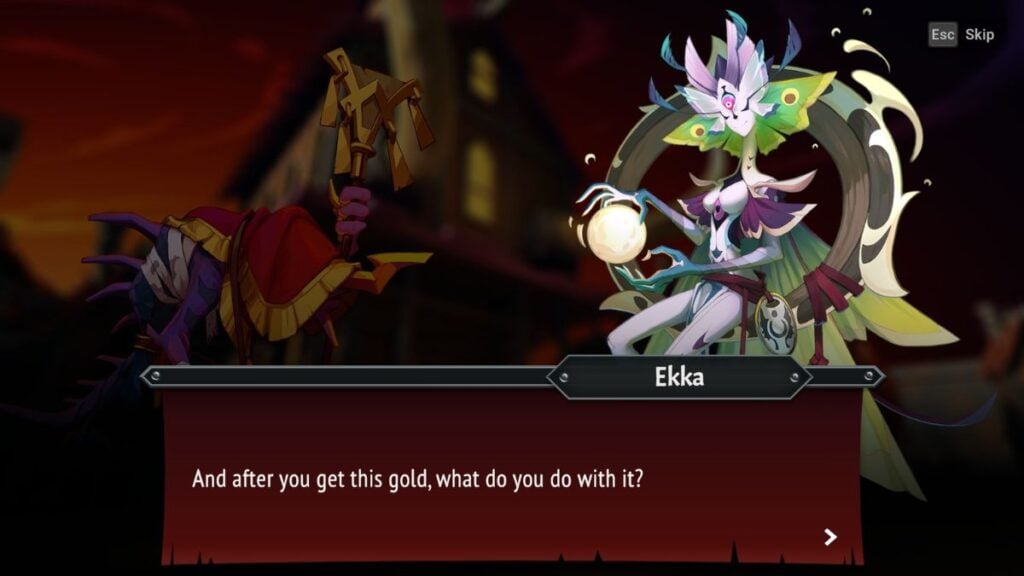
Music in video games always has a special place in my heart because it is quite literally the soundtrack to your life within that game. I found the blending of piano and electric guitars to be incredibly fitting and managed to find myself even more engrossed in gameplay whenever the tempo sped up. Something else I really appreciate is that whenever the game moves on to the next song, its name and composer will also appear. Typically, if I like a song in a game, I’d need to do a quick Google search, but that welcome feature helped circumvent that inconvenience for me. The soundtrack hasn’t been added to streaming platforms just yet, but at least I know which songs are immediately going to be in my playlist when it does.
I also very much enjoyed the detail that Shiny Shoe put into the foley and sound effects for the characters. No, there isn’t any voice acting, but the perfectly timed grunts, meows, and dropping of coins more than make up for it. Just about everything you can select or peruse has a sound effect, and similar to the speed and smoothness of the gameplay and UI, helped further immerse me into whatever I was currently doing in-game.
Infinite Combinations Without the Burnout
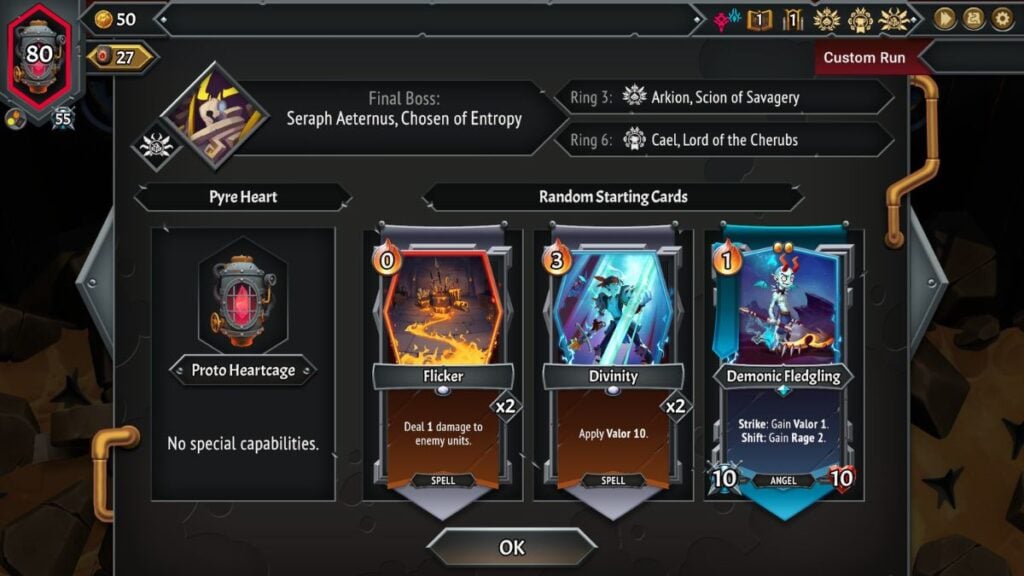
Deck-building games are typically designed to be replayable. However, I’ve encountered some that quickly become repetitive or fail to offer engaging gameplay that encourages repeated play. The developer of Monster Train 2 seemed to understand this challenge and took every measure to ensure players would want to keep playing. I’ve got to say, it worked.
Because I don’t need to worry about following along with a release order or set rotation. Much like games like Magic: The Gathering Arena, I can jump in and out without having to worry about having missed something. At the same time, there are just way too many combinations of gameplay, encounters, unlockables, and features to warrant Monster Train 2 ever being called boring. I appreciate that it feels like a live-service game without the timeline issues commonly associated with it.
A Ride Worth Taking Again and Again
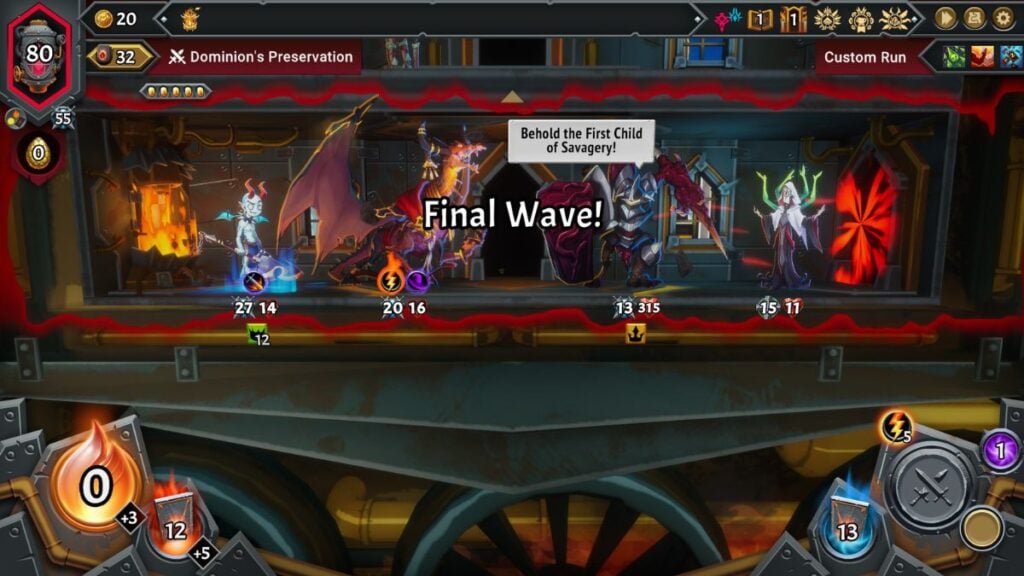
Monster Train 2 is everything I could have ever hoped for in a sequel. The game manages to take the strategic, high-stakes gameplay of its predecessor and layers in thoughtful, quality-of-life improvements, stunning visuals, immersive sound design, and a deep sense of replayability. Shiny Shoe clearly understands what makes a great deck-building roguelike and has polished every corner to a lustrous sheen. Whether you’re a longtime fan of the genre or just curious about jumping in, Monster Train 2 is absolutely well worth boarding.
Monster Train 2 (PC Reviewed)
Monster Train 2 build on the brilliance of its predecessor with refined gameplay, eye-catching art, and a killer soundtrack that makes every run feel fresh.
The Good
- Incredible art style and sound direction.
- Accessible gameplay.
- Easily navigable user interface.
The Bad
- There can be a lot of information to absorb.
- No connection between the player and the characters.
- Gameplay is largely the same as its predecessor.

